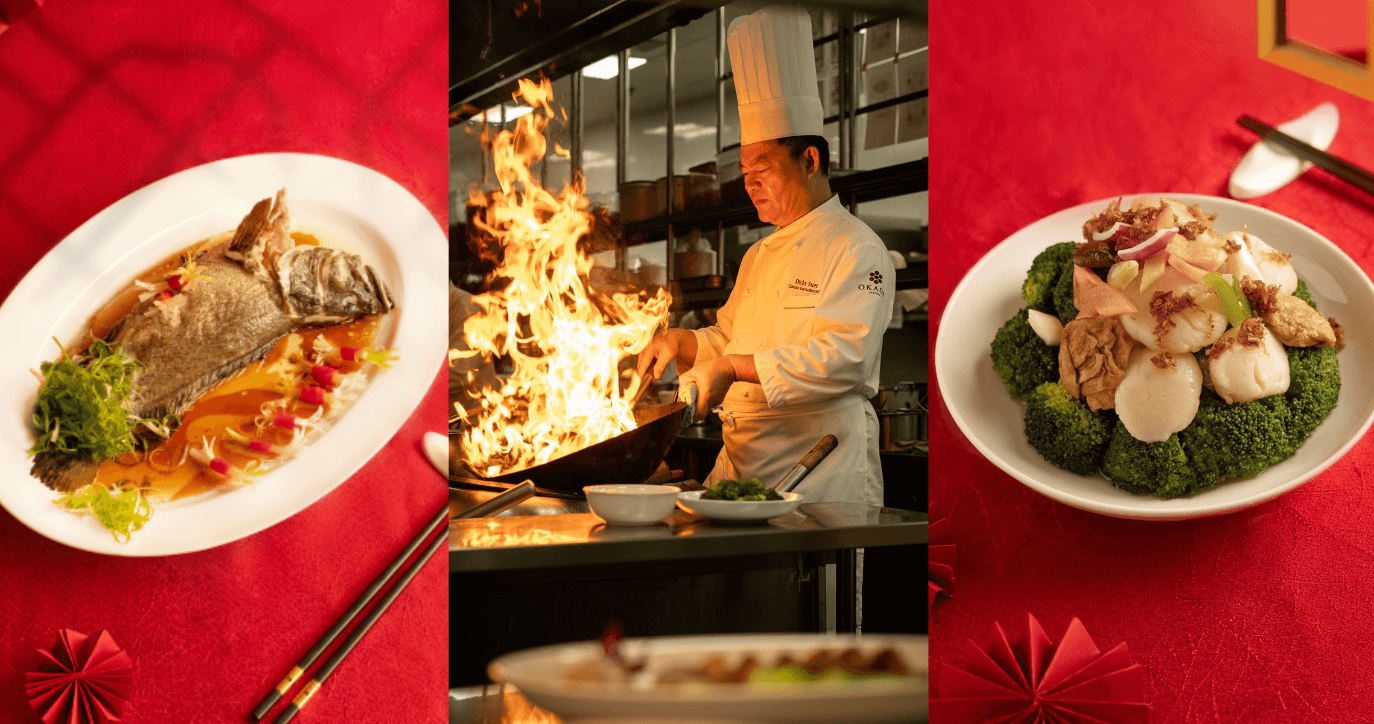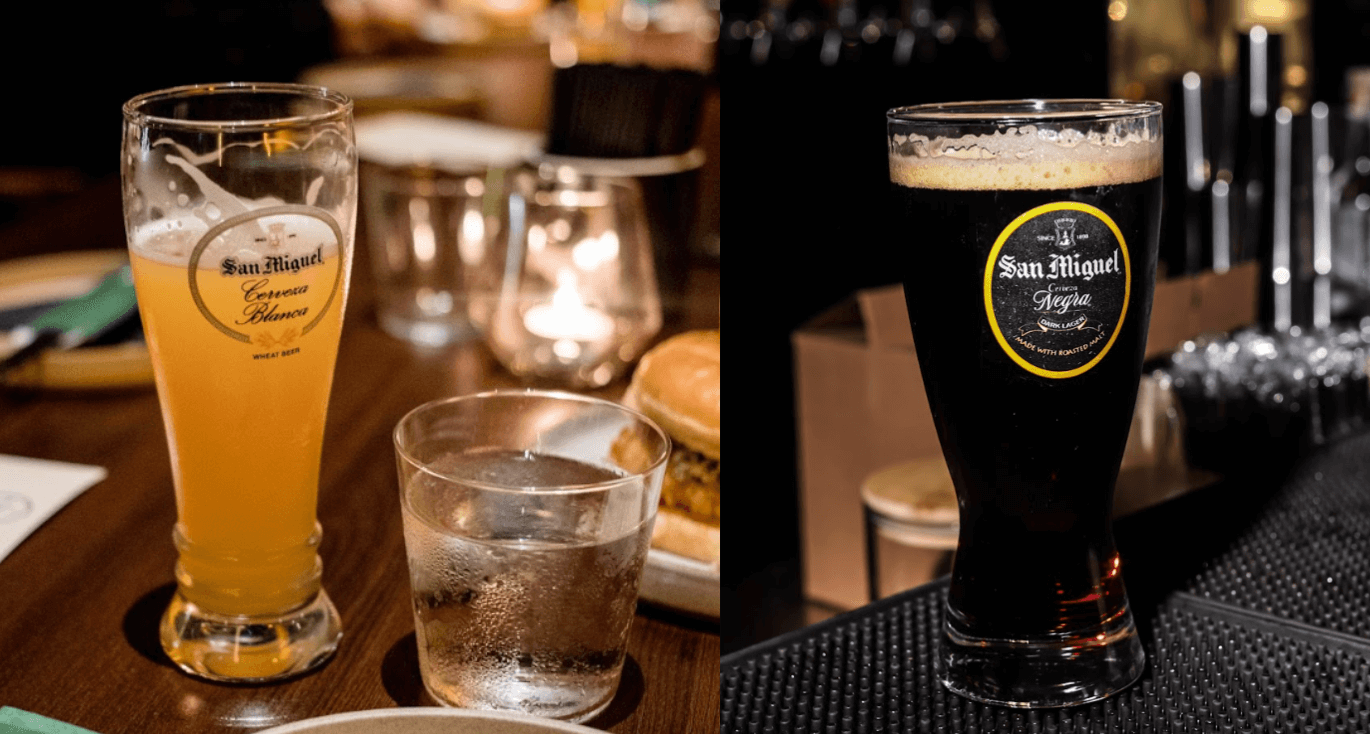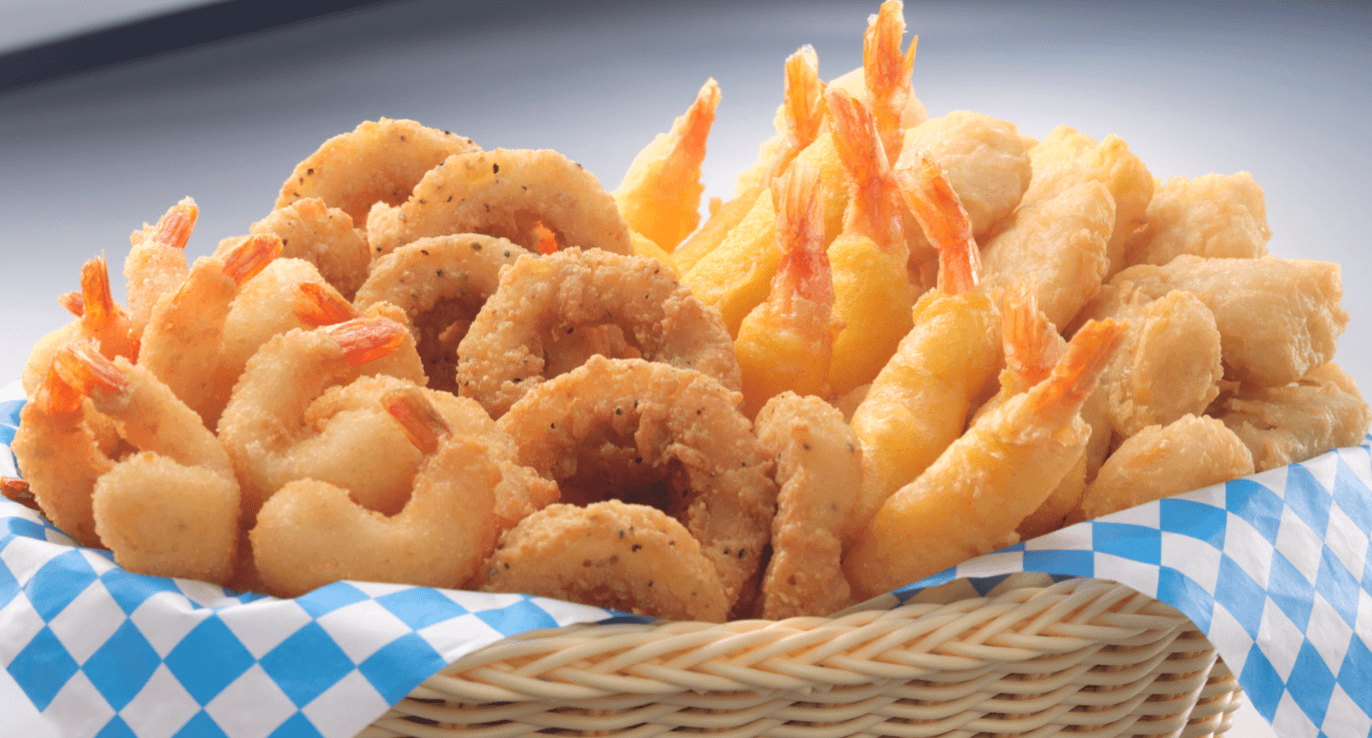I grew up watching my very Ilocano father eat vegetables and fish morning, noon and night.
Often, our kitchen smelled of dinengdeng and pinakbet, though Dad was a dinengdeng lover. The vegetable soup was so common at home that I hardly paid any attention to it, until a few years ago, when I realized that dinengdeng is literally a many-splendored thing.
The thought first came to me when one of the best restaurants in the world was in the spotlight for their foraged cuisine. It was then that I told myself our dinengdeng is a perfect example of it. It is a dish that changes, depending on what is currently growing in abundance.
And if we were to follow eating by the season, then to partake of dinengdeng made with seasonal produce is the perfect dish to keep our bodies strong and healthy.
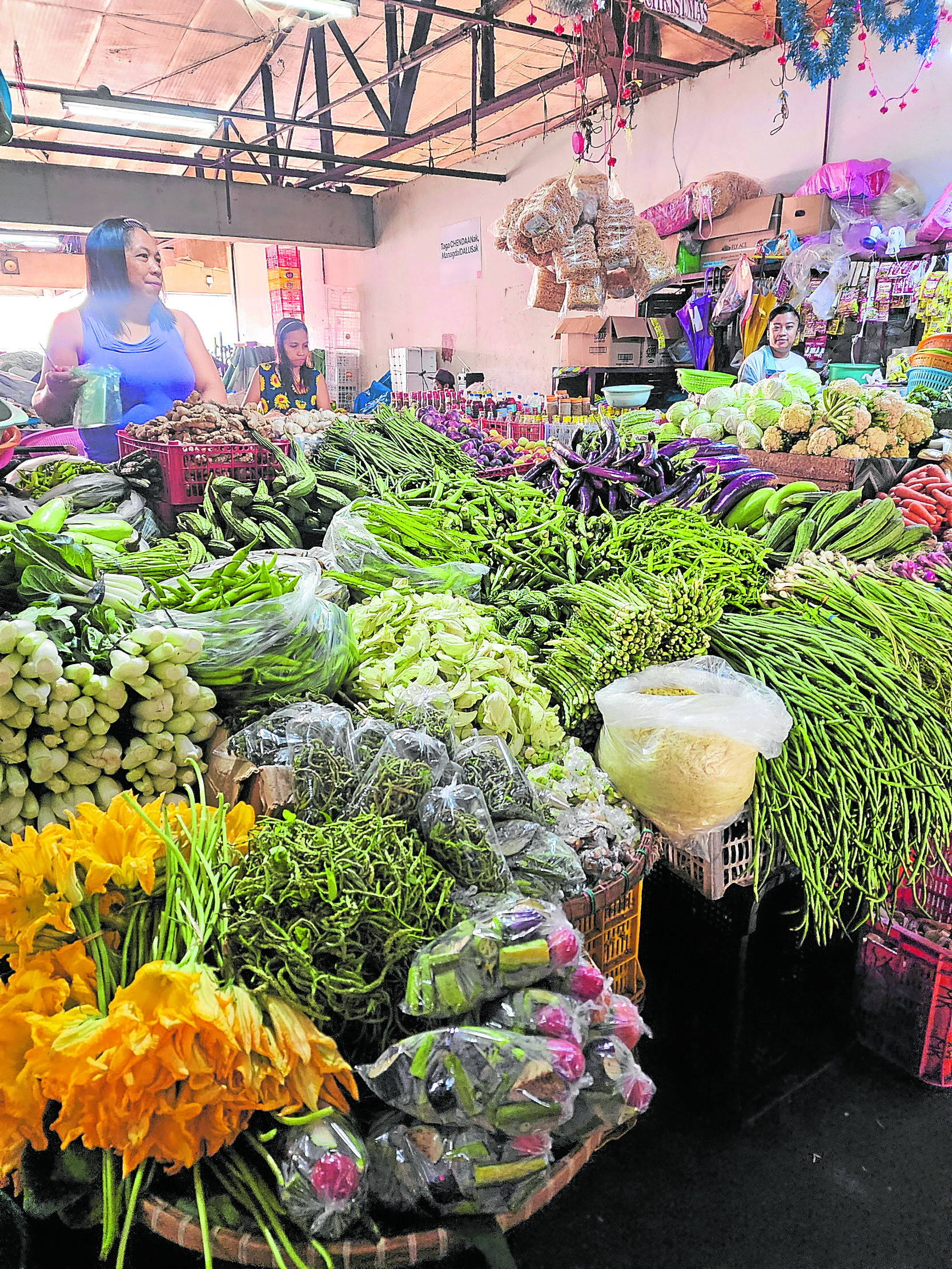
Further, since it is made with what is plentiful, the dish is a wise choice for being both nutritious and economical.
Revisiting the local markets of the north, and seeing the many types of vegetables, especially the kinds endemic to the region, further fueled my desire to know more about dinengdeng and the many ways to prepare it. I fortunately have very good friends who are experts in Ilocano cuisine who unselfishly educate me time and again.
‘Inabraw’
Inabraw is another term used for dinengdeng.
According to Ilocano culinary expert chef Nic Rodriguez of Bistro Candon, he associates the word abraw with cooking what is freshly harvested (presumably), from what’s growing in the backyard.
The most common dinengdeng vegetable combination is talong, sitaw, kalabasa and ampalaya. Ampalaya is always added last to contain the bitterness.
To make it, water is boiled, then bagoong is added. Ginger, lasona (Ilocos native onions) and tomatoes come next. The longer-to-cook vegetables go into the broth first, the leafy ones last.

cooking “dinengdeng”
To keep the dish visually appealing and the vegetables looking green and fresh requires skill. A nice-looking dinengdeng is heartier to eat.
READ: ‘Dinengdeng,’ crispy ‘dinuguan’ and other Ilocano staples
Commonly, fish is added in the end, to make it look appetizing. At home, our manang made it with grilled fish with scales and innards left intact.
It can also be made with fried fish of your choice. Our manang then used to add them earlier in the cooking process for more flavor, though not all dinengdeng is made with fish.
‘Buridibud’
A dinengdeng becomes dinengdeng buridibud when native kamote is added to the soup. The kamote serves as a sweetener and a thickener.One of Chef Nic’s dinengdeng buridibud recipes is made with bunga ng malunggay (malunggay fruit) paired with kamote. In the north, every part of the moringa is used—leaves, fruits and flowers.
The more refined version of the dish is prepared by peeling the malunggay fruit then cutting it into strips. In the barrios, slicing it into rounds, with the skin, is how they like it.
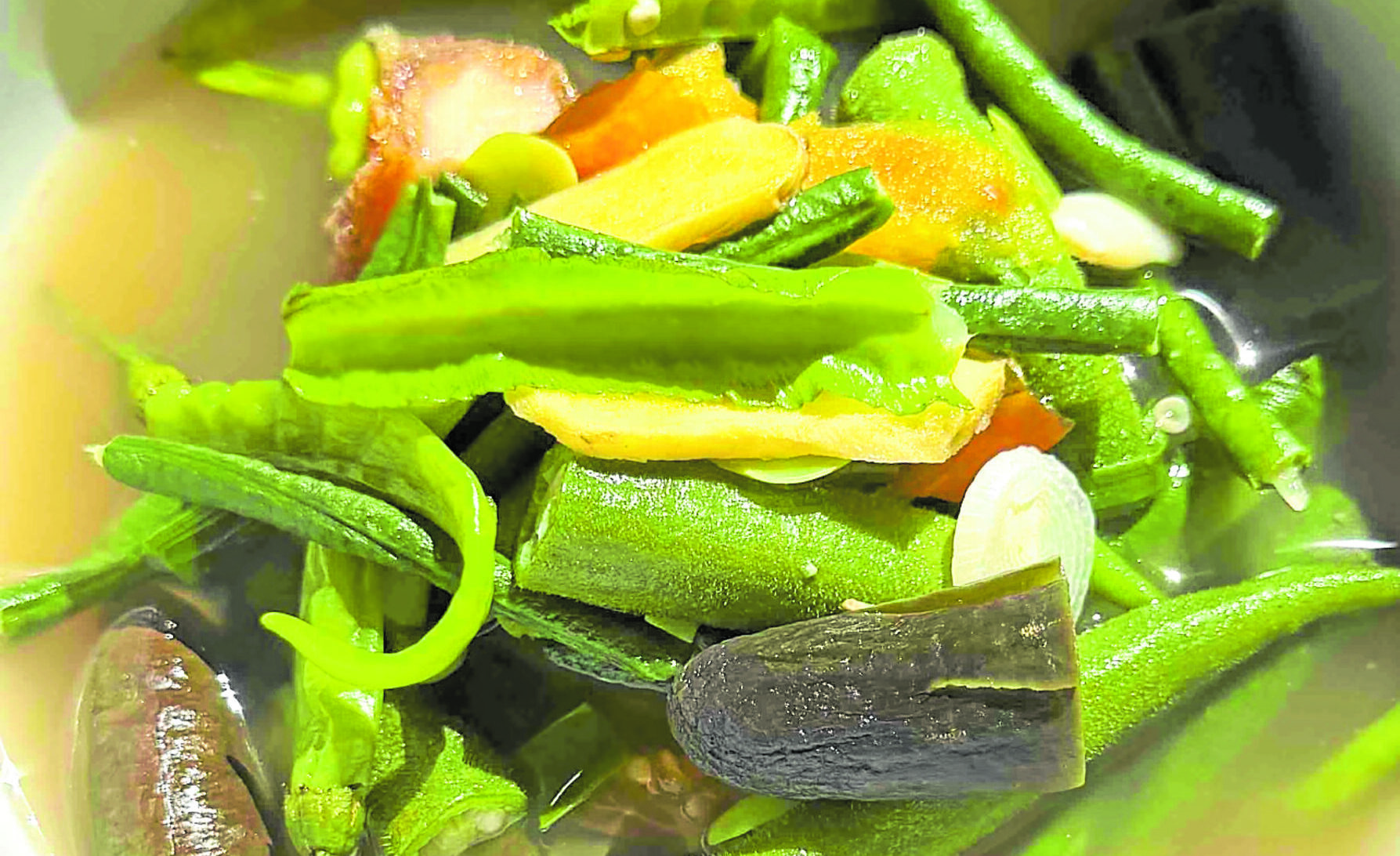
To the bagoong broth, kamote is added first, then the sitaw and bunga ng malunggay follow. If patani is available, it is first boiled until slightly tender, then added to the mix. Talbos ng sitaw is incorporated, then malunggay flowers if available; squash flowers are added last. You may opt to include grilled or fried fish.
Below is a collection of lesser-known dinengdeng versions that I gathered from my travels, and also from Chef Nic and Pam Aragoza of La Preciosa Restaurant in Ilocos Norte. May these combinations excite you and bring variety to your everyday vegetable repertoire.
Chef’s tips
- Take note that all these recipes start with bagoong broth.
- There are really no exact measurements. Just remember that it should be soupy.
- The quantity of vegetables must be proportionate to your broth.
- Hard-to-cook vegetables go into the broth first.
- Balance the amount of bagoong to the water, based on your liking.
- Add salt to season.
- Use the best bagoong isda you can find.
- Freshwater fish that can be grilled with innards left intact are gurami, tilapia, hito, dalag. Bangus can also be grilled, but remove the innards.
- Fish for frying, like galunggong, tilapia, bangus, should be cleaned and scaled.
- Never use flavor-enhancing granules, as they alter the flavor of the dish altogether.
For kadios and shrimp dinengdeng: Bagoong broth, ginger, onions, tomatoes, preboiled kadios, squash flowers
Clams and papaya: Bagoong broth, ginger, green papaya, clams, malunggay or chili leaves
Pork and bamboo shoots: Bagoong broth, ginger, pork strips or bagnet, bamboo shoots, saluyot
Upo and shrimps: Bagoong broth, onions, tomatoes, upo (preboiled kadios can be added), shrimps last. Shrimp will perfume the tasteless upo.
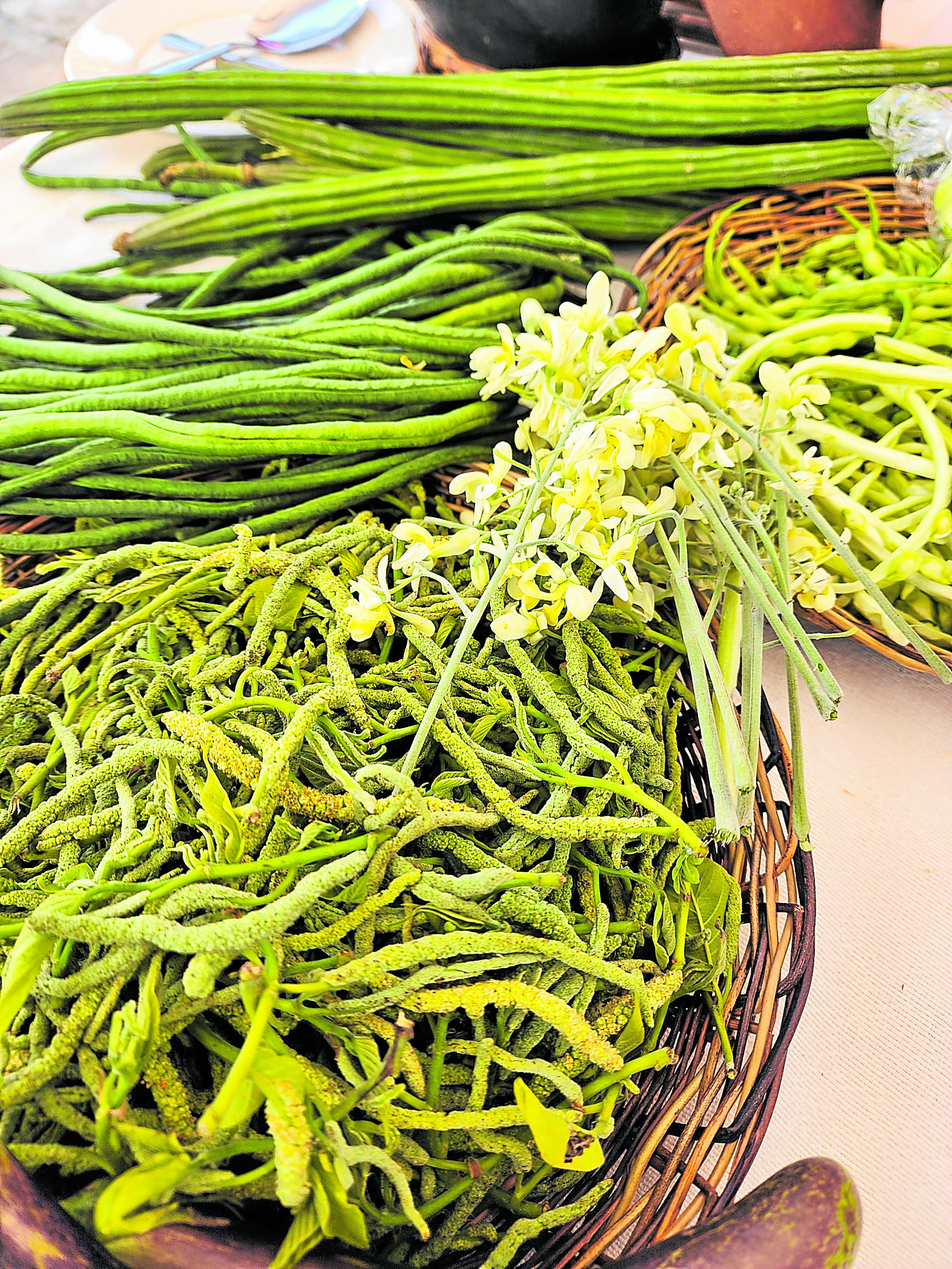
Mushroom: Bagoong broth, white onions, mushrooms of choice, talbos ng ampalayaLa Preciosa’s buridibud: Bagoong broth, tomatoes, native gabi, malunggay fruit, upo, eggplant, alukon, malunggay flower or katuray, with dried alamangPam’s Pakbraw (Pinakbet na Inabraw): Bagoong broth, tomatoes, ginger, lasona, baby eggplant, baby okra, baby ampalaya, sigarilyas, siling duwag, patani, sitaw and bagnetDinengdeng is a dish that is deemed so simple, yet looking at it with fresh eyes, we realize how is is so modern and ahead of its time. It is distinct, unique and proudly Ilocano.
Visit reggieaspiras.com; follow @iamreggieaspiras on Instagram and Facebook












